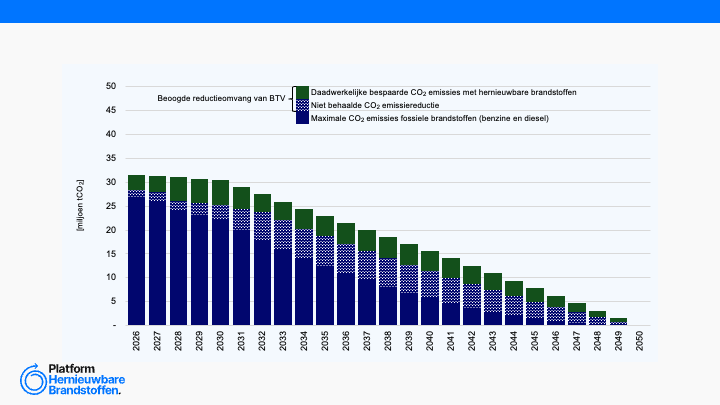EC-DG Research: Development of outlook for the necessary means to build industrial capacity for drop-in advanced biofuels | 2024

The European Commission published a report that analyses the factors contributing to the development of advanced and sustainable biofuels production, taking into account the relevant European policy context and uncertainties therein. Their overarching conclusion: biofuels will play a crucial role in reducing emissions in the transport sector.
The report consists of 5 Tasks, each with their own research questions and conclusions. Each of these tasks is reported on in separate Annexes.
You can view them here:
We have listed some of the main findings below.
Demand
- By 2030, the demand for biofuels in the transport sector (in order to meet the RED emissions intensity reduction targets) may increase to 38-42 Mtoe/year, if electrification and RFNBO supply fall short
- This means we would need to increase production by approximately 2 to 2.5 times compared to current levels
- By 2030, approximately half of the total biofuel consumption in transport is expected to be from advanced biofuels (that fall in Annex IX A), whereas biofuels derived from waste oil and fats (under Annex IX B) would make up a quarter of the total consumption
- By 2050, the EU’s demand for biofuels is expected to reach 45 Mtoe, with almost 90% comprising advanced biofuels
Biomass availability
- Total biomass potential ranges from 310-525 million dry tons across different scenarios
- The agricultural sector emerges as the sector with the largest biomass potential across all scenarios. In 2030 it is estimated to make up 55-59% of available biomass, increasing even more towards 2050
- Manure, primary residues from arable crops, and primary forest sources (e.g. pulp, stemwood, primary residues) were identified as the most significant feedstock types
- The report calls for increased focus on conversion technologies for under-utilized biomass categories (manure, sewage sludge, and primary and secondary agricultural residues)
- Producing biomass on abandoned or unused lands, as well as inter- and cover cropping were highlighted as viable strategies to enhance biomass availability, offering sustainable means of land utilisation, while also promoting biodiversity
Production & market conditions
- A notable barrier towards the advancement and implementation of advanced biofuels and establishing the necessary supply chains is the lack of investments in large-scale demonstration plants, caused by regulatory complexity and ambiguity, as well as perceived project risks
- From a technical perspective, lignocellulosic based technologies could expand their capacity quickly, reaching 42.7 Mtoe/year by 2030, if market conditions were favourable
- Since the feedstock base for lignocellulosic materials is broader than that for oil crops, advancing these technologies is a crucial step toward achieving high biofuel production volumes
The report also states that in order to ramp up advanced biofuels capacity, the EU industry needs:
1. Predictive advanced biofuels targets that remain consistent over an extended period of time
2. Access to capital for demonstration projects with a higher technological risk profile
3. Financial support for technological development of advanced biofuel technologies utlilising a wide array of sustainable feedstocks
Lastly, recognising the potential for synergies between the technologies for advanced biofuels and RFNBOs could benefit the development of both pathways.
The Platform is well aware of the potential of biomass streams from the agricultural sector, as well as the current regulatory and market constraints that hinder investments towards further development of the necessary technologies. The findings from this report are very much in line with the biomass mobilisation (BioMob) activities the Platform is currently engaged in, see also our recent publication of the technical note. We believe that indeed, a consistent regulatory framework is needed to draw out investments into this new technology base, synergies between technologies and across sectors will be crucial, and unused & abandoned lands offer great potential for generating renewable feedstocks that carry benefits for soil remediation and recovering biodiversity.

 Download hereVisit Website
Download hereVisit WebsiteRecente artikelen
Retrospective on Lunch Seminar: Rethink strategic autonomy | December 15, 2025

Analyse brandstoftransitieverplichting

Nederlandse industrieclusters presenteren bidbook: Een basisindustrie om op te bouwen: nu & in de toekomst

